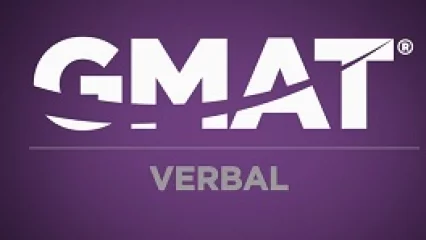The reading comprehension part of the GMAT Verbal section can be intimidating at first. You have to glean key ideas and information from dense, jargon-filled passages, which probably don’t resemble the kinds of articles you read for fun.
Check out: How Important Is English Grammar for Your GMAT and GRE Scores?
You always have 36 questions in total on the GMAT Verbal Section. Of those, you will encounter about three or four reading comprehension passages, each with three to four multiple-choice questions associated with it. So that makes for 9-16 reading comprehension questions, or roughly one-third of the GMAT Verbal section devoted to reading comprehension.
Not so quick
Reading Comprehension GMAT questions can be broken down into "quick" and "not so quick" questions. The "quick" questions are ones you should be able to answer based on your initial skim of the passage — we often think of them as "general" questions. These include Main Idea, Logical Structure, and Perspective questions.
"Not so quick" Reading Comprehension GMAT questions, on the other hand, require test takers to recall specific details from the text or to extrapolate information that isn't explicitly stated in the passage. These questions should not be addressed by an initial skim, and require you to take additional time to look back through the passage. They include Supporting Idea, Inference, and Application questions.
Look for clues
So how do you know which questions belong to which of the GMAT Reading Comprehension question types? Each question type asks for something specific, and typically asks for it using certain words and phrases exclusive to that question type. If you know which clues to look for in the question stem and answer choices, you can determine how to approach and how much time to spend on each of the GMAT Reading Comprehension questions you see on test day.
Check out: How to Improve GMAT Reading Comprehension
Watch the video to learn how to identify each of the GMAT Reading Comprehension question types!


